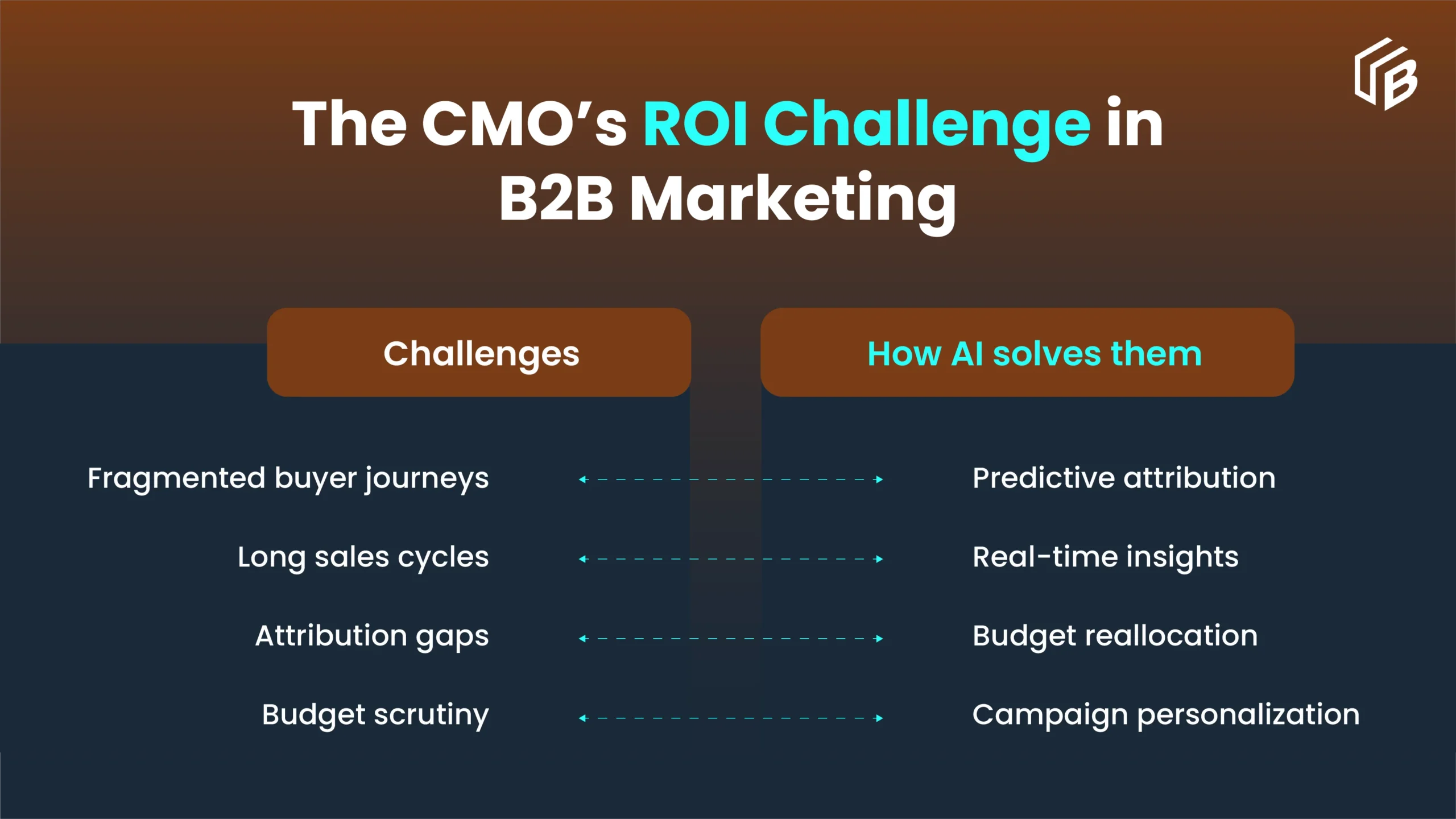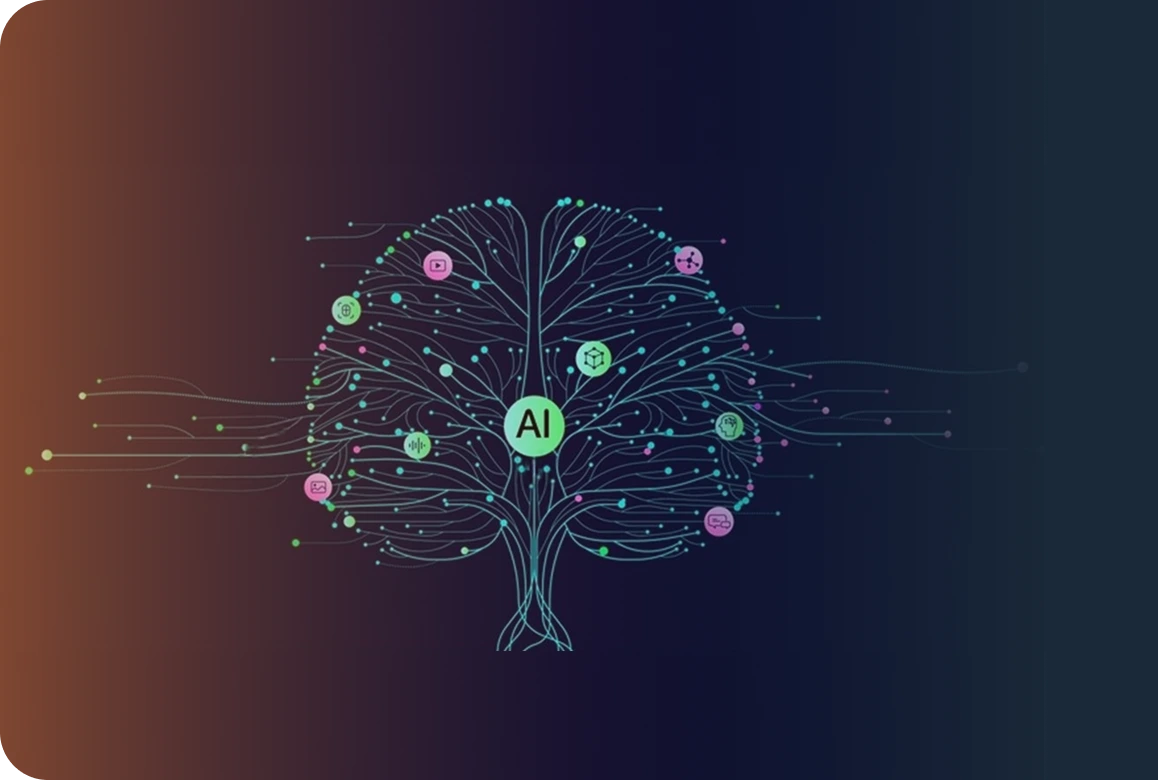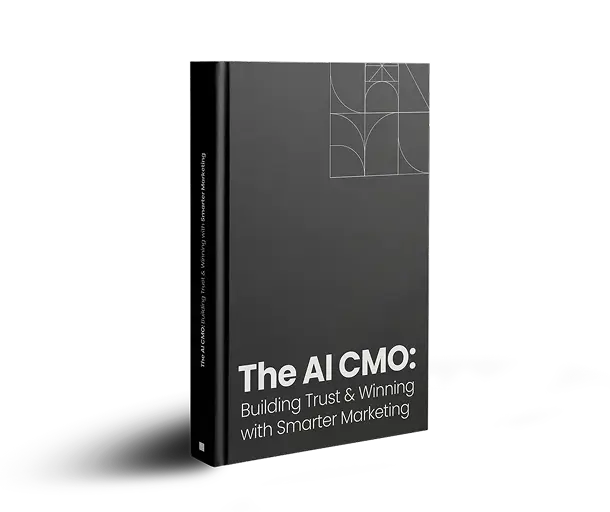
How AI in B2B Marketing Helps Prove ROI and Optimize Spend
In this article
The CMO’s Dilemma

How AI Redefines ROI Measurement
- Smarter attribution: AI recognizes the complex, multi-touch buyer journey and uncovers patterns no human model could detect.
- Predictive forecasting: Rather than reporting only what happened, AI projects what’s likely to happen, giving CMOs data-backed confidence before stepping into board meetings.
- Real-time visibility: Dynamic dashboards deliver live campaign performance, replacing static quarterly snapshots.
- Channel-level ROI: AI pinpoints which investments are working and where the budget is being wasted.
AI-Driven Budget Optimization
- Smarter allocation: Budgets flow automatically toward campaigns that are already beating benchmarks.
- Dynamic bid management: Paid demand generation becomes more efficient as AI fine-tunes bids in the moment, not after the fact.
- Instant waste detection: Underperforming channels are flagged early, before another quarter’s budget is drained.
Generative AI: The Strategy Multiplier
- Personalization at scale: For years, account-based marketing (ABM) has promised hyper-relevant engagement, but its execution has been limited by bandwidth. Generative AI now produces personalized emails, landing pages, and content assets for hundreds of accounts simultaneously, turning ABM from a resource drain into a scalable growth engine.
- Rapid experimentation: Instead of waiting weeks for A/B test results, AI can generate multiple content variations, run experiments, and analyze outcomes almost instantly. Marketers can test messaging angles, creative formats, and campaign strategies in real time.
- Sales enablement on demand: Generative AI creates tailored case studies, battle cards, and comparison sheets in hours instead of weeks, arming sales teams with fresh material that resonates with each prospect and shortens deal cycles.
Choosing the Right AI Stack
When evaluating vendors, CMOs should look closely at three factors:
- Integration: The tool should plug directly into core systems such as CRM, marketing automation platforms (MAP), and analytics suites, ensuring data flows without silos.
- Scalability: The solution must work across multiple channels, geographies, and team structures, supporting both global campaigns and account-level personalization.
- Analytics depth: Beyond surface-level dashboards, the tool should provide predictive insights and attribution clarity that connect marketing activity directly to pipeline and revenue.
Practical categories of AI tools for B2B marketers include:
- ROI attribution platforms that reveal which touchpoints drive revenue.
- Budget optimization engines that reallocate spending in real time for maximum efficiency.
- Generative content solutions that personalize and scale engagement across the buyer journey.
The Future of AI in B2B Marketing
- Predictive budgeting: Instead of waiting for quarterly reviews, AI will forecast and adjust budgets in real time based on shifting market conditions, competitor activity, and buyer behavior.
- Autonomous optimization: Always-on engines will continuously refine campaigns, reallocating spend, adjusting creative, and rebalancing channels without manual input.
- Boardroom-ready reporting: ROI dashboards will be generated instantly, presenting pipeline impact and financial contribution in the exact language CFOs and CEOs expect.

CMO Action Plan: Getting Started with AI
- First 30 days: Pinpoint one or two pilot projects where AI can quickly prove value. Common starting points include attribution models or optimizing paid demand generation campaigns.
- Within 60 days: Launch those pilots, collect performance data, and track measurable ROI outcomes to build internal credibility.
- Within 90 days: Double down on what works, expand to adjacent use cases, and begin building an AI-ready marketing culture by training your team to work with and interpret AI-driven insights.
Conclusion
What’s Holding Your Team Back from Engaging the Right Leads?
Be a part of 1000+ successful clients that have chosen UnboundB2B for growth.
Discover more resources

Successful B2B Lead Generation requires generating Marketing Qualified Leads. In this article, we have discussed how to identify MQLs and 10 practical tips to generate more MQLs. These tips cover essential strategies from optimizing your sales funnel to leveraging engaging videos and interactive content. You'll learn about the importance of strong calls-to-action, utilizing chatbots, and implementing Account-Based Marketing. We'll explore how a Customer Data Platform can improve your targeting and lead-generation efforts. By implementing these strategies, you can significantly improve your MQL generation and boost your B2B growth.

Demand for SaaS products and services has increased significantly in recent years. By making cloud-based software solutions more accessible, SaaS companies bring technology closer to modern businesses. The increased demand has resulted in a highly competitive SaaS environment. One effective strategy companies can use to stay ahead of the competition is SaaS advertising. Read on to discover how ad platforms facilitate SaaS advertising and find out which advertising platforms your company can leverage to succeed in sales.







